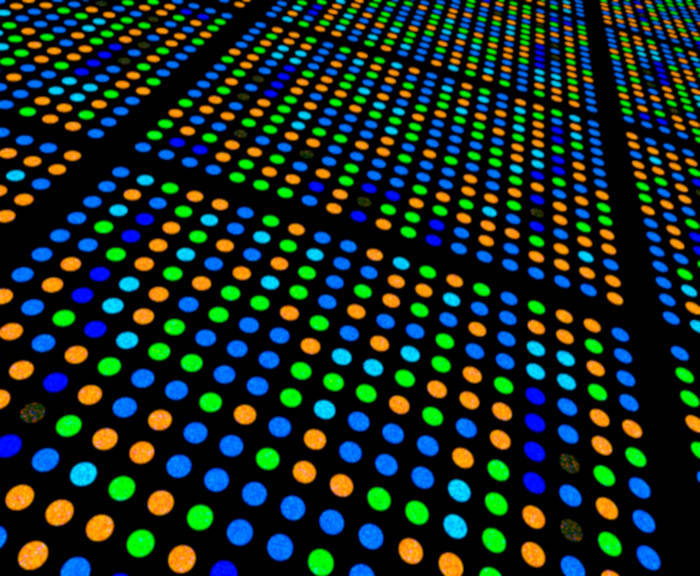
Food Safety
How next-generation sequencing will impact your food safety program
This is an excerpt from a piece we wrote and published in Food Navigator. You can read the full article here.
It is impossible to ignore next-generation sequencing (NGS) in the food industry. It is no longer just a buzzword – it’s changing food safety as we know it. By leveraging the power of NGS, food manufacturers and labs have built safer and less expensive food safety programs. But what exactly is NGS? And how can it impact your food safety program?
In 1885, Theodor Escherich discovered E. coli in the human colon. In that same year, Theobald Smith and David E. Salmon found the first strain of Salmonella. Since then, our knowledge of foodborne pathogens has increased drastically, but detection methods have been slow to change. Cell culturing, a methodology with its roots in the nineteenth century, still remains the gold standard for confirmation in the food safety industry.
Of course, there have been advances along the way, chief of those being the polymerase chain reaction (PCR) technique. In the 1980s, Kary B. Mullis invented the technique that allowed scientists to make numerous copies of a small amount of DNA. Then, in the mid-1990s, two commercial real-time PCR instruments reached the market. To date, PCR testing remains the industry standard for pathogen detection despite the technique’s shortcomings, including high rates of false negatives and positives, as well as binary yes/no answers.
Recognizing the limitations of PCR, more and more food safety practitioners are turning to NGS. In fact, two-thirds of European countries are using whole-genome sequencing (WGS), one of several applications of NGS, for national surveillance of human pathogens.
In short, next-generation sequencing (NGS) is the overarching descriptor for sequencing millions of DNA data points at the same time. With so much data at their fingertips, scientists can learn more about food and environmental microbial communities than ever before. Food safety professionals no longer have to ask, “Is this specific microbe in my sample?” Instead, they can ask, “What is the complete microbial makeup of my sample?”
That is a powerful shift…
To read the entire post and learn more about specific applications of NGS and how they are impacting food safety, click here.